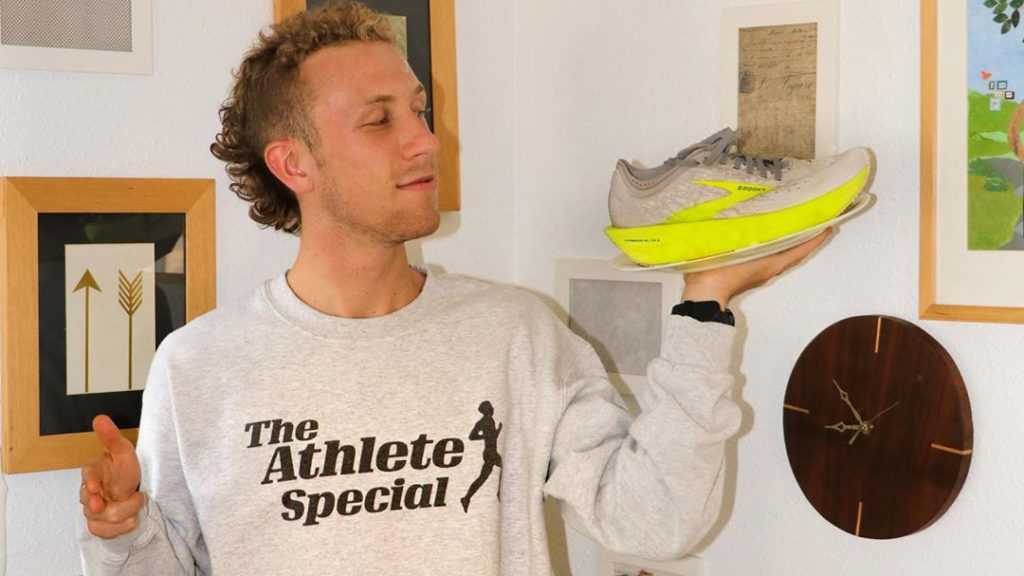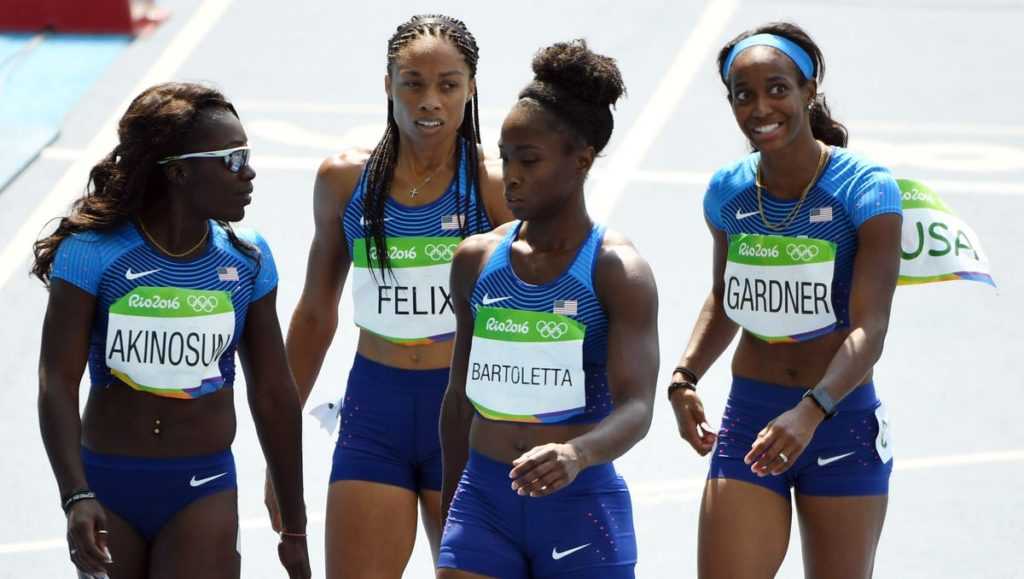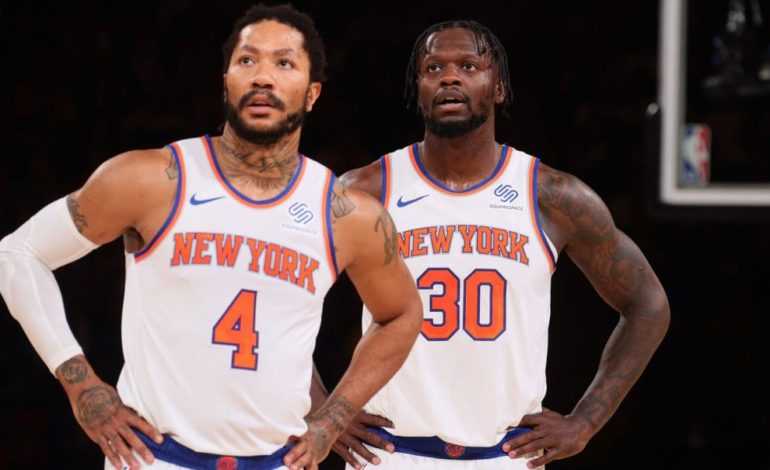It’s hard to argue that track and field, compared to other sports in the United States, doesn’t suffer from an “image problem.” Many people might assume that competition only takes place every four years, around the Olympics. The most common activities in the sport that many see are high school meets. That dynamic creates a widespread conviction that there is nothing between between high school dual meets and the Olympic Games.
“The Athlete Special” and Individual Athlete-YouTubers
Recently, YouTube has become a locale where track and field athletes can connect with the sport’s growing audiences. This activity seeks to bridge the gap between Olympic years by documenting the pro running lifestyle at the highest level. One leader in this development was then-Georgetown student-athlete Spencer Brown. Brown’s YouTube channel, called “The Athlete Special,” provided viewers with an up-close and personal look at competition at the Division 1 level. Brown documented the highs and lows of the sport, including the euphoria of his first sub-four-minute mile.

The channel has since shifted to share Spencer’s post-collegiate running journey. He began by moving to Boulder, CO to train at altitude and seek pro opportunities. This risk proved successful when he signed with Brooks, moved to Seattle, and began training with Brooks’ elite team, the Brooks Beasts. Spencer Brown’s story confirms the power of YouTube as a tool for the growth of track and field. There is clearly an audience for running content outside of the Olympics. Furthermore, something that starts as a college student with a camera can end in a professional running contract.
Other individuals have taken part in this emphasis on YouTube to develop the sport’s audience to new heights. Allie Ostrander, another Brooks Beast and a three-time NCAA champion in the 3000 meters steeplechase, began sharing her workouts and races as part of an elite team. Morgan McDonald, an Under Armour athlete and four-time NCAA champion, has also shown fans the daily life of a professional runner to the global community. Brown, Ostrander, and McDonald have clearly stood at the forefront of a new era in the sport’s visibility.
The Team Approach
FIRST SUB 4 ON SOUTH DAKOTA SOIL. @ 3,678ft @drewhunter00 ⚒?
— tinmanelite (@tinmanelite) June 13, 2020
WATCH HERE: https://t.co/3cmZ6zZcTy pic.twitter.com/6GmOAEVwbm
This approach to increasing the sport’s support outside of Olympic years has grown beyond individuals, with multiple teams adopting YouTube as an avenue to “grow the sport.” Boulder-based team Tinman Elite has embraced this idea, with their active presence on YouTube giving viewers a firsthand look at races, long runs, and workouts. These videos forge a powerful connection between viewers and the athletes. When a Tinman athlete sets a new record after months of brutal races, the viewer feels the athlete’s joy.
Nike’s Bowerman Track Club used a similar concept, as their video series, “The Extra Year,” provided athletes with a chance to share their thoughts during the Olympic delay. The athletes discussed issues such as practice changes to allow for social distancing and intra-squad meets meant to fulfill the need for competition. Overall, this series humanized Bowerman athletes and gave audiences a glimpse at the postponement of Olympic dreams.

So why does this matter?
Well, let’s review some of the historic moments for American athletes in the 2016 Rio Olympics. Brianna Rollins, Nia Ali, and Kristi Catlin swept the women’s 100-meter hurdles for the United States. Matthew Centrowitz ran a brilliant tactical race to secure gold in the men’s 1500 meters. Kerron Clement won the men’s 400-meter hurdles for the United States. The women’s 4×100-meter relay of Tianna Bartoletta, Allyson Felix, English Gardner, and Tori Bowie captured a gold medal in red, white, and blue.
The continued perception that track and field is only relevant during Olympic years is a disservice to the work that brought these athletes to the medal podium. With the rise of the sport’s YouTube platform, the ongoing grind can finally be recognized as a key part of the professional experience. As a result, the sport can continue growing its audience and sharing the diversity of the track and field world.
Check out more Belly Up content on the site or on social media @BellyUpSports, or follow me on Twitter @alexkanya23 for more running, ultimate, and New York sports fun!






